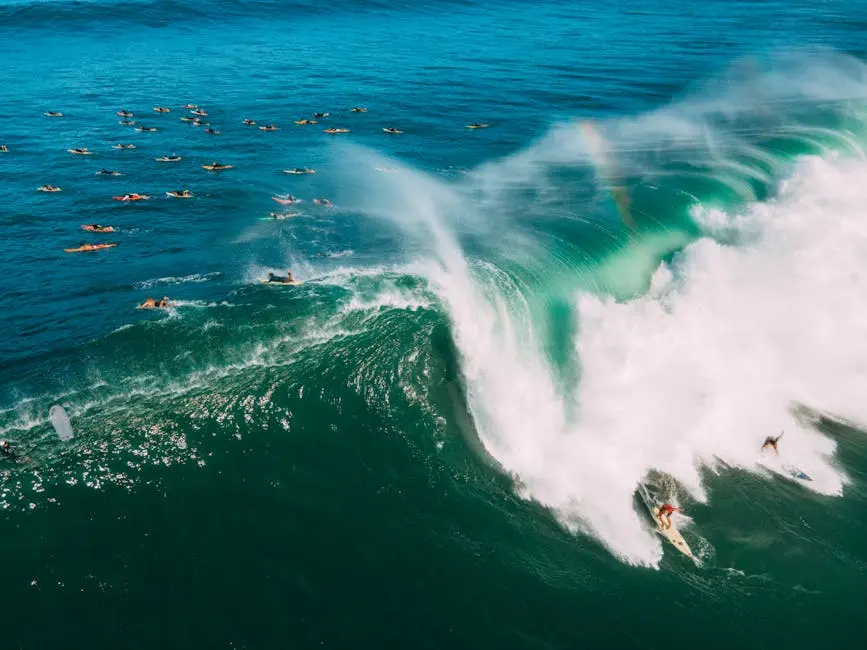What is Aerial Photography?
Aerial photography is an exciting and innovative way to capture images from above. This blog will explore the basics of aerial photography, its various types, and the equipment used to achieve stunning aerial shots.
Understanding Aerial Photography
Aerial photography involves taking photographs from an airborne position, such as from drones, helicopters, or hot air balloons. It allows us to capture images of the Earth from a viewpoint that is not possible from the ground. This type of photography is used for various purposes, from capturing beautiful vistas to conducting extensive land surveys.
The popularity of aerial photography has grown significantly with the advent of drone technology, which has made it more accessible to both professionals and amateurs. Drones provide an affordable option to achieve stunning images from heights that would otherwise require expensive helicopter or airplane flights.
History of Aerial Photography
Learn about the fascinating origins of aerial photography, from its use in early mapping to modern applications. The first aerial photograph was captured in 1858 by French photographer and balloonist Gaspard-Félix Tournachon, capturing an unprecedented view of Paris from above.
During World War I and II, aerial photography became integral for reconnaissance, providing detailed images of enemy positions and landscapes. It laid the foundation for modern mapping and geographical information systems.
In more recent times, innovations have propelled Vincent Laforet to explore new heights, creating mesmerizing aerial compositions and inspiring other photographers to view the world from above.
Types of Aerial Photography
Explore the different types, including oblique, vertical, and panoramic aerial photography. Oblique aerial photography involves taking pictures from a downward angle, providing a more natural view. This method is great for capturing landscapes and urban scenes with depth.
Vertical aerial photography, on the other hand, captures images from directly above the subject. This type of photography is often used for mapping purposes, giving a top-down view that is more accurate for calculations and analysis.
Panoramic aerial photography merges multiple shots to create wide, sweeping images that cover vast areas. This technique is widely used in creating expansive cityscapes and beautiful nature landscapes.
Equipment for Aerial Photography
Discover the essential tools and gadgets you need, from drones to camera gear, to excel in aerial photography. UAVs (unmanned aerial vehicles), commonly known as drones, are increasingly popular choices due to their versatility and cost-effectiveness.
For reliable and high-quality images, investing in gyro-stabilized mounts, such as those used by renowned photographers, is crucial. These mounts help maintain image stability during flight, ensuring crisp and clear shots.
Camera choices for aerial photography are equally important. Many professionals prefer DSLR or mirrorless cameras because of their ability to shoot in high resolution and handle various lighting conditions effectively.
Applications of Aerial Photography
Examine various uses, such as in real estate, agriculture, and environmental monitoring. In real estate, aerial photography offers potential buyers stunning views of properties, highlighting features that are not visible from the ground.
In agriculture, drones equipped with cameras can monitor crop health, providing farmers with valuable data on growth and potential issues. This technology helps in making more informed decisions and optimizing resource use.
Aerial photography for construction projects also holds significant value. It allows for the detailed monitoring of progress and can aid in safety inspections, reducing the need for manual checks in hazardous areas.
Discover the World from Above
In conclusion, aerial photography offers a unique perspective that opens up endless creative possibilities. Whether capturing breathtaking landscapes or surveying land, understanding the fundamentals and choosing the right equipment can lead to stunning results.


